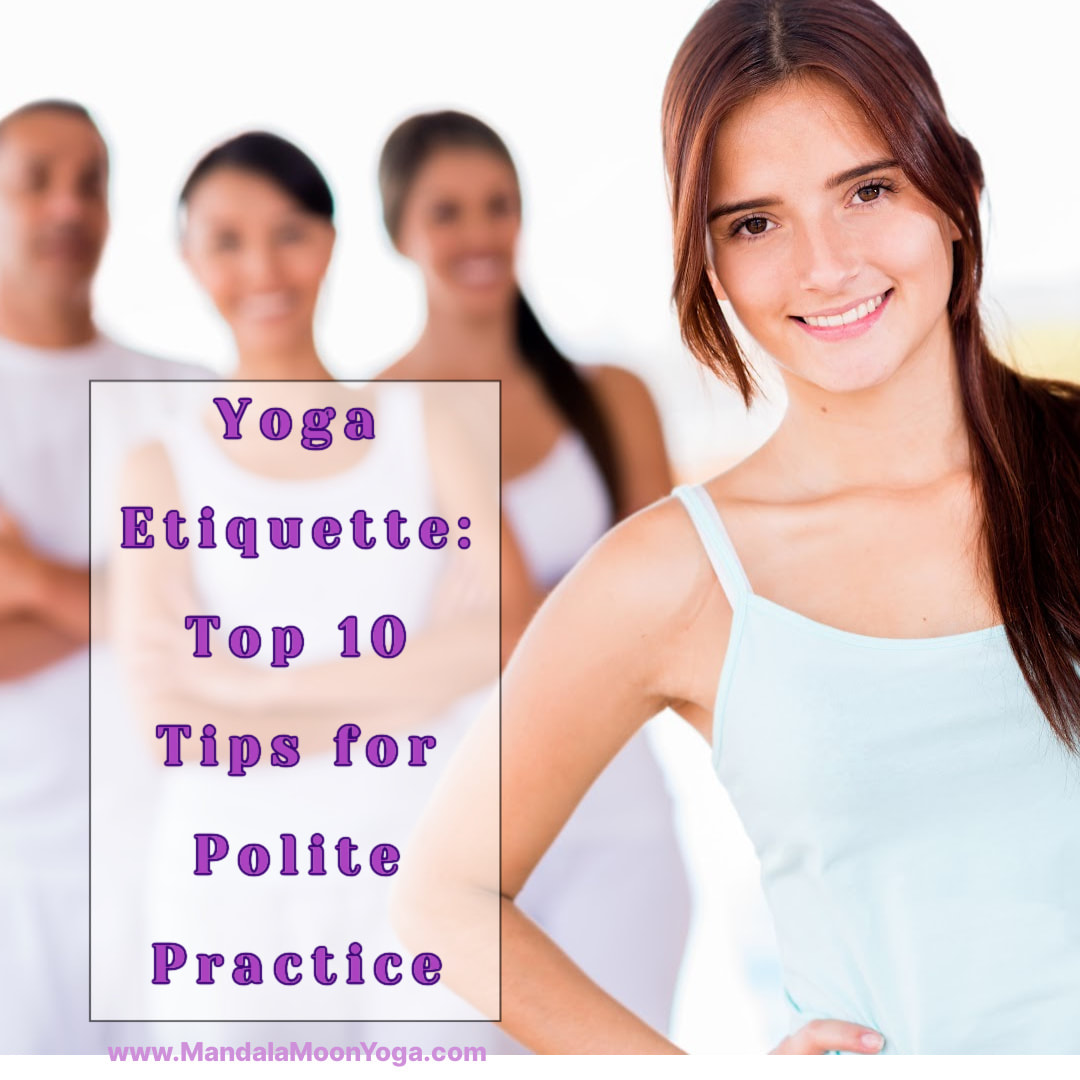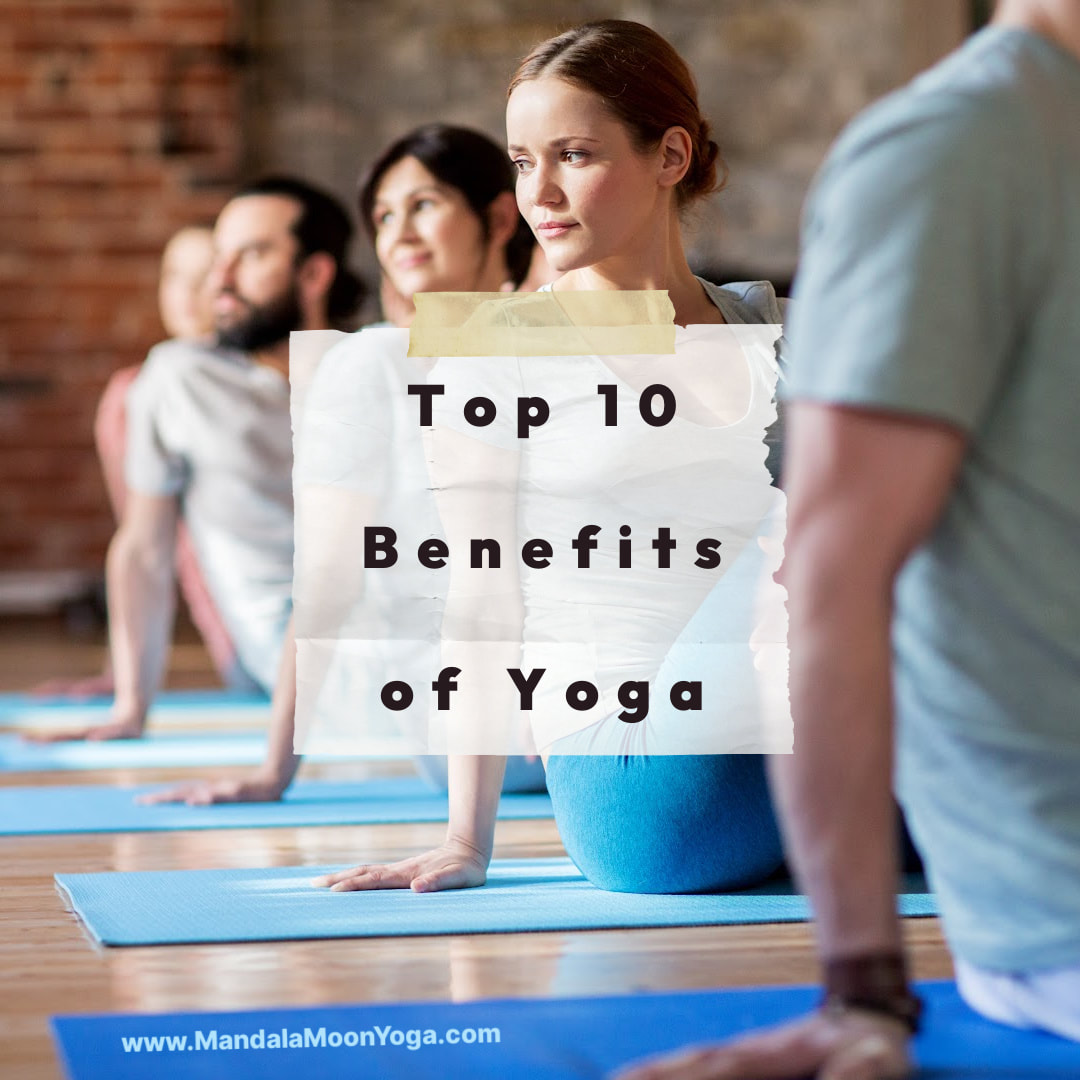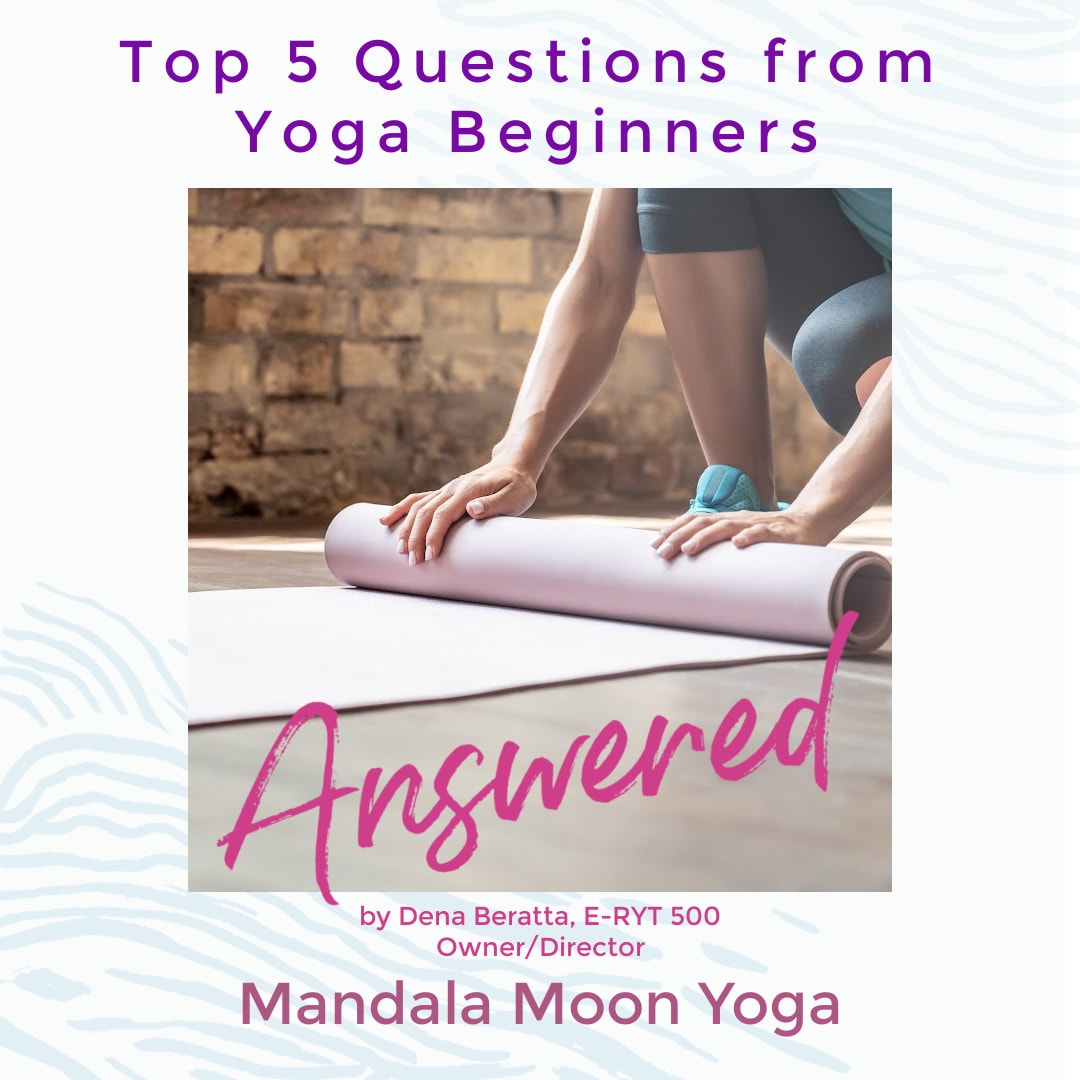- Be on time for class. Plan to arrive 10-15 minutes early to gather your props, roll out your mat, settle in, and stretch or meditate. Arriving late to class compromises your experience, and it also disturbs everyone else! If you must arrive late on occasion (life happens), enter silently, sit near the entrance, and wait until the centering meditation is over to gather props and roll out your mat. Try not to arrive too much earlier than 15 minutes before class starts though. Teachers need time to get the studio set up and prepare themselves to teach.
- Savor the peace. Turn your cell phone off or silence it. Better yet, don’t bring your phone to class. Most students leave their phone in the car or in a coat pocket in the lobby. People are at yoga class for peace, relaxation, and union with self. Be sure all other noisy devices are silenced as well. Electronics are the worst offenders, but be aware of other culprits as well. Avoid jangly jewelry or rattling keys.
- Honor the Space. For most practitioners, the yoga studio is a sacred space, and their mat is their own personal little sanctuary. It may be the only place and time they find peace in their lives. Leave your shoes, food, gum, and drinks outside the studio. (Insulated, spill-proof water bottles are usually ok.) Avoid stepping on other students’ yoga mats when you walk through the room. If someone appears to be resting or meditating before class, don’t disturb their practice with chit-chat.
- Honor Your Body. You don’t need to look exactly like anyone else. All bodies are different. Work with where you are in the moment, and be sure to modify as needed to avoid injury. Listen to your body. If it reacts negatively during any part of the practice, modifications are offered and encouraged. It’s normal to feel like everyone is looking at us, but honestly, nobody is. When we are practicing yoga, we are moving inward.
- Dress appropriately. Yoga is not a fashion show. Wear comfortable layers to control your body temperature, and consider the movement that may be required. Ensure that your clothing is modest and neither too loose nor too tight for the practice.
- Communicate. Let your teacher know before class about any injuries or other conditions that may affect your practice. Ask for needed modifications if they are not offered. It’s best to try to get the teacher’s attention discreetly or stay after class to voice your concerns.
- Be respectful. Show respect for yourself, other students, and your teacher. One courtesy observed in some studios is to lay with your head, rather than your feet, toward the teacher for savasana. Another courtesy is to be careful about where you put your mat—not too close to another student and not blocking their view of the teacher.
- Check your hygiene. Yoga philosophy teaches cleanliness and harmony in our bodies and environment. Personal hygiene and a clean mat are expected. However, avoid the use of perfumes or colognes during yoga. Fragrances are distracting and can cause irritation to those with sinus or respiratory sensitivity.
- Stay until the end. The relaxation at the end of the class is an important part of the experience. Many beginners feel like they are “wasting their time” just relaxing in stillness. We understand it seems odd at first. However, this part of the practice helps your body and mind integrate the practice and induces the relaxation response, which is healing and restorative. Leaving early is a disservice to yourself and distracting to others. If you must leave early on occasion, please let your teacher know before class, and plan to leave before relaxation begins.
- Pick up after yourself. Neatly return any mats, blankets, blocks, ties or eye pillows you used. Be sure to return them to the appropriate spot. If you borrowed a mat or blocks, use the disinfectant wipes or sprays to clean them after class. Learn the studio’s style of blanket folding to make it easier to use the blanket as a prop. If you don’t know where something goes or how to properly return props, just ask. We are happy to help you!
This post covers the main points, but I stopped myself at 10! If you have any questions about yoga etiquette, please leave them in the comments, and I'll answer you there as quickly as possible!




 RSS Feed
RSS Feed